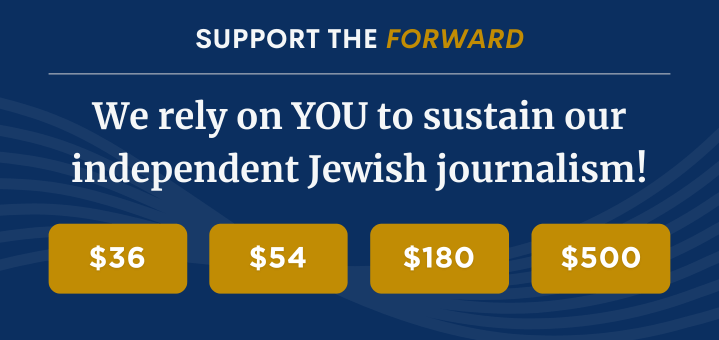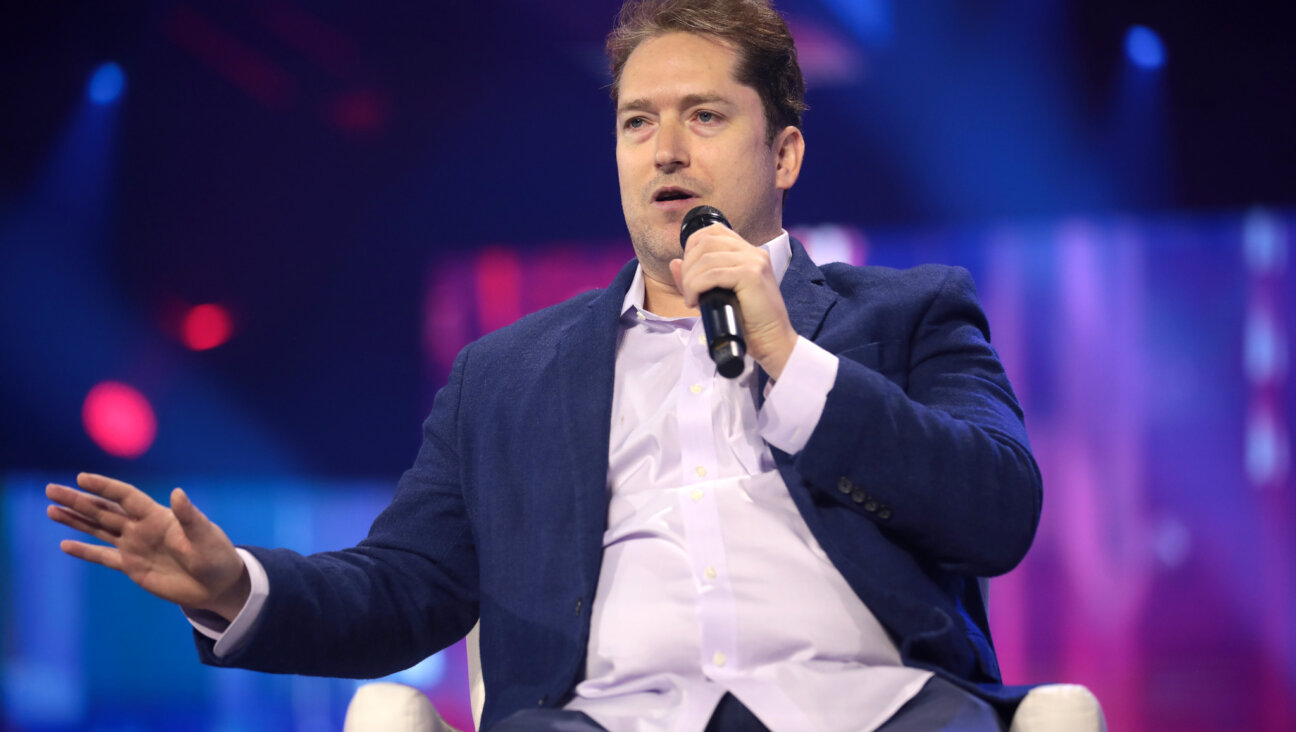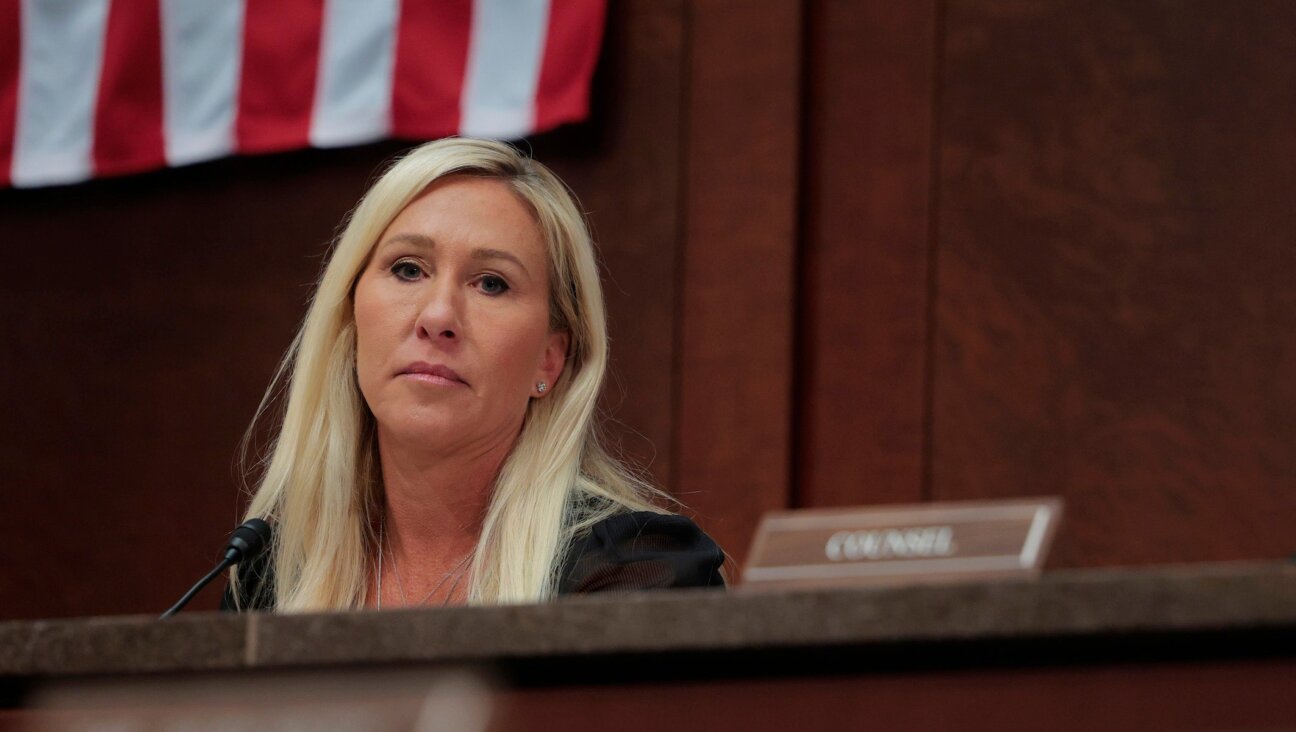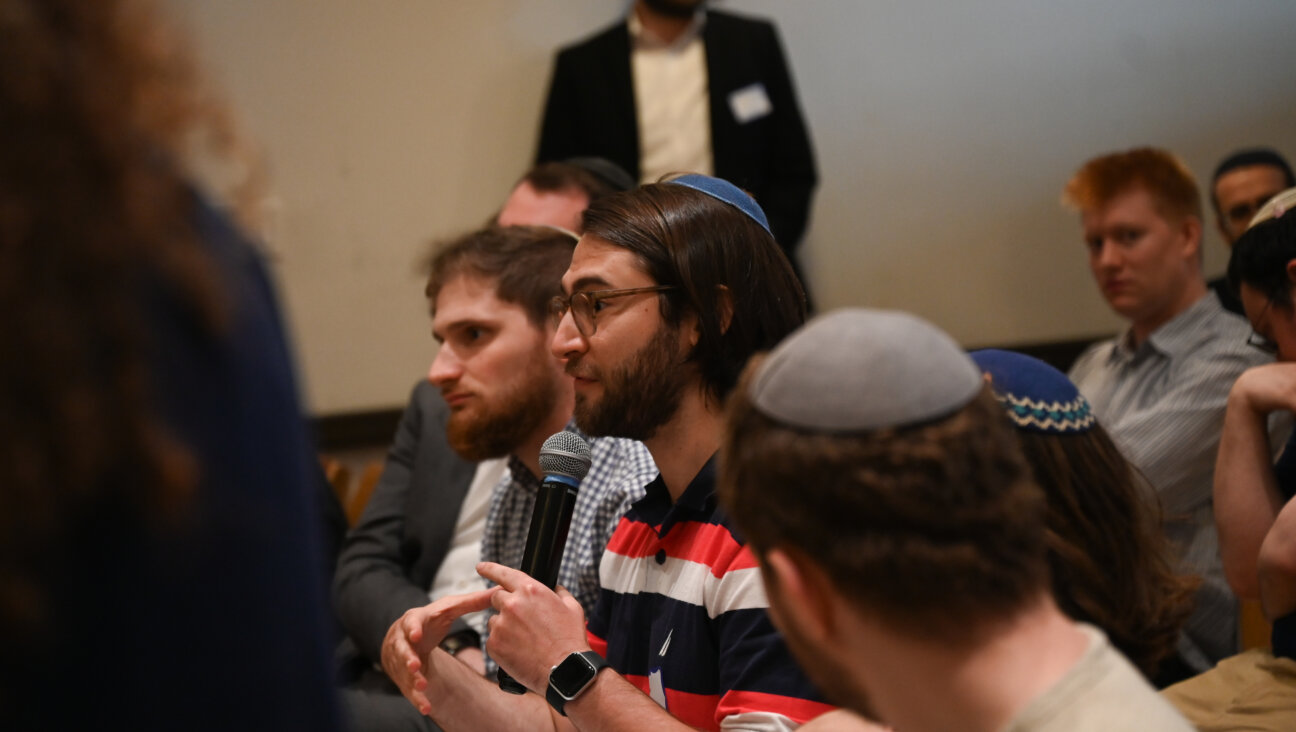Playing the Shofar: An Ancient Sound Finds a New Voice

Graphic by Angelie Zaslavsky
Of all the commandments in the Torah, the blowing of the shofar on the Jewish New Year is one of the most important. The ancient sound — signaling the beginning of the days of repentance — is heard on Rosh Hashanah and at the end of Yom Kippur, and has been used as a rallying cry or as a call to gather.
The shofar, one of the earliest instruments in history, offers a deeply evocative pitch, and that is exactly what attracted contemporary composer Judith Shatin to blend its sounds into her music.
Shatin has used the shofar in two of her pieces. The first, titled “Elijah’s Chariot,” was commissioned by the Kronos Quartet, a San Francisco-based string ensemble, and is performed using digital recordings of the shofar. The quartet presented the piece around the world through 1996 and 1997, and now the composition is being recorded for a new CD featuring the Manhattan-based Cassatt String Quartet. The album is expected to be released in the spring of 2009.
“It ranges from being very clearly shofar sounds to using filters and other techniques and layering and finding ways to turn it into a symphony of sounds,” Shatin said of the piece. “It’s very emotional. I am very intrigued by how one could use modern technologies but still speak to the emotions and the spirit.”
It is that blend of the old and new that has long fascinated Shatin. After spending her junior year of college in Israel, she was affected by her connection to the history and the land. Throughout the years, Shatin has woven a stream of Jewish themes into her music. Another piece that she has composed, “Teruah” or “Shout of Joy,” uses the shofar in a live setting, in all its stripped, raw tones. The piece, which in 2006 was co-commissioned by the Pittsburgh Jewish Music Festival and the Jewish Music Commission of Los Angeles, was composed for a Yemenite-style shofar — a ram’s horn of about 36 inches in length. As Shatin describes it, “Teruah” includes the major shofar calls associated with the High Holy Days: the teruah, a series of nine very short blasts; the shevarim, a group of three broken blasts; the tekiah, one long blast, and the tekiah gedolah, a blast longer than the others put together.
“The shofar part incorporates these rhythms, and the brass ensemble and tympani respond to them, taking up the joyous shout,” Shatin wrote in an e-mail to the Forward.
This exuberant call, so vivid in Shatin’s piece, mimics the way the shofar is currently heard in synagogues. But Shatin acknowledges that not everyone feels comfortable with her use of an instrument so closely associated with the holiest days of the Jewish calendar.
“Some people think that it’s inappropriate to use it for a setting outside of the High Holy Days — for its use in concert music. I have not been able to track down any place in the Torah that leads me to think that there’s anything inappropriate about it,” Shatin said. “I view it as a way of creating a connection to the tradition.”
Indeed, scholars note that during biblical times, the shofar was blown to announce an important event such as the call to war, the coming of peace or a new moon; throughout history, the instrument was used for other purposes besides religious ones. It is also believed that the shofar was blown during one of the most significant events depicted in the Bible: the giving of the Ten Commandments to Moses at Mount Sinai.
Shatin is not the only musician who incorporates the sound of the shofar into modern music. Robert Gluck, associate professor of music at the University at Albany and director of the school’s Electronic Music Studio, has been blowing the shofar for 30 years, first as a Reconstructionist rabbi on the High Holy Days, and later as a musician who experimented with electronically enhanced versions of the horn. He likes the idea of creating a sound over which he has no control. “I played with the idea of the sound being wild, untamed,” he said.
His recently released CD, “Sideways,” which he recorded with his jazz trio, incorporates the sound of the shofar in two songs, as do his two previous albums, “Electric Brew” and “Electric Songs.” For Gluck, the recordings link traditional spirituality with the contemporary world.
“I think of music as being expressive and reflective, and that’s how I relate to religious life,” he said. “There isn’t much of a separation.”
Basya Schechter, the singer-songwriter who leads the New York-based band Pharaoh’s Daughter, is another musician who experiments with the weaving of traditional texts and eclectic instruments. Unlike Shatin and Gluck, Schechter uses the shofar only around the time of the New Year, because it reminds her of the instrument’s significance: It represents the horn taken from the ram that Abraham sacrificed instead of his own son Isaac.
For all three musicians, however, using the shofar is a way of connecting past with present.
“I think of something so powerful as the ancient tradition, and I think there’s something so powerful in connecting it with what’s happening nowadays,” Schechter said. “We hear the shofar blowing, and it’s some sort of awakening during Rosh Hashanah, and we know it’s connected to these certain texts, but I like weaving it in a way that’s both musical, both universal.”
Lana Gersten is a writer living in New York and a frequent contributor to the Forward.






















